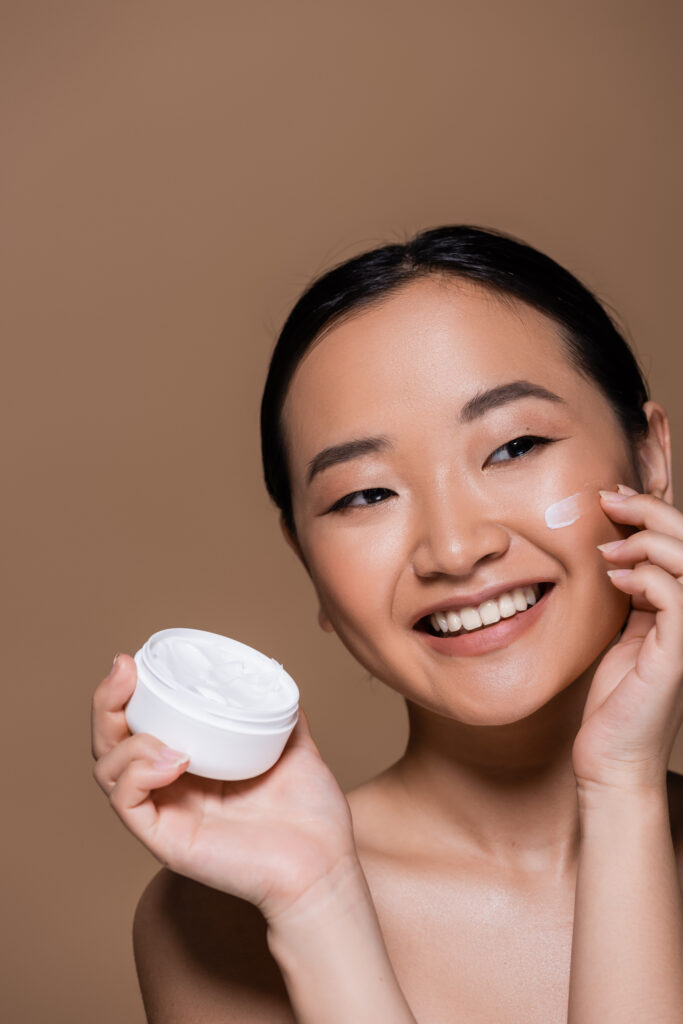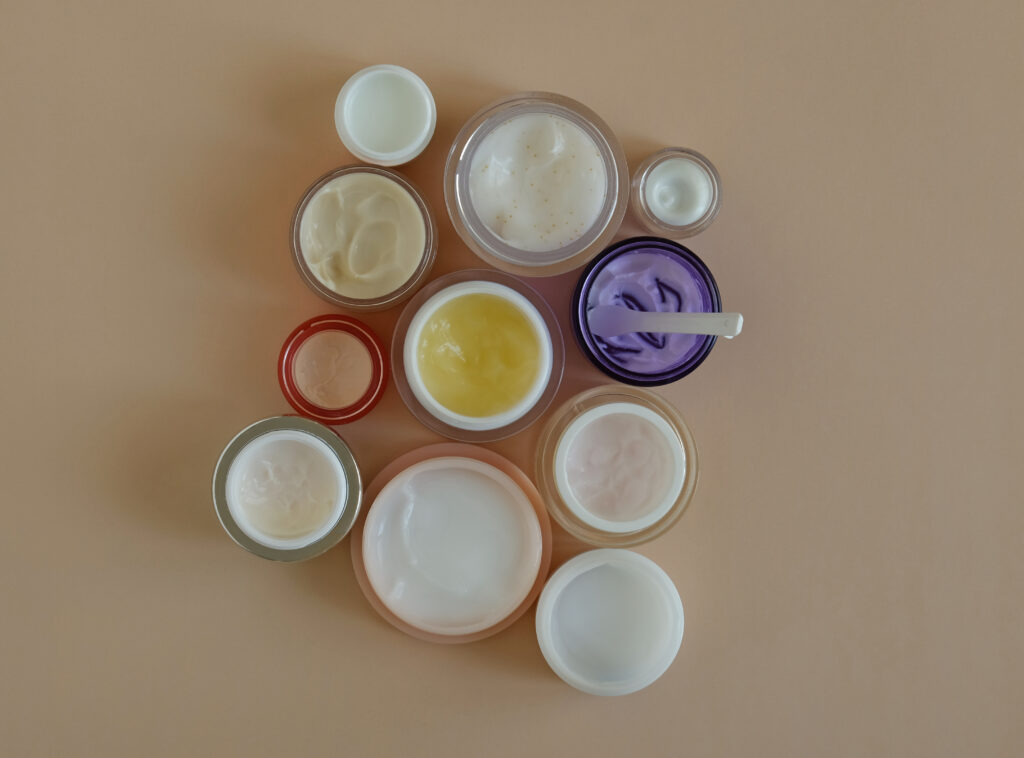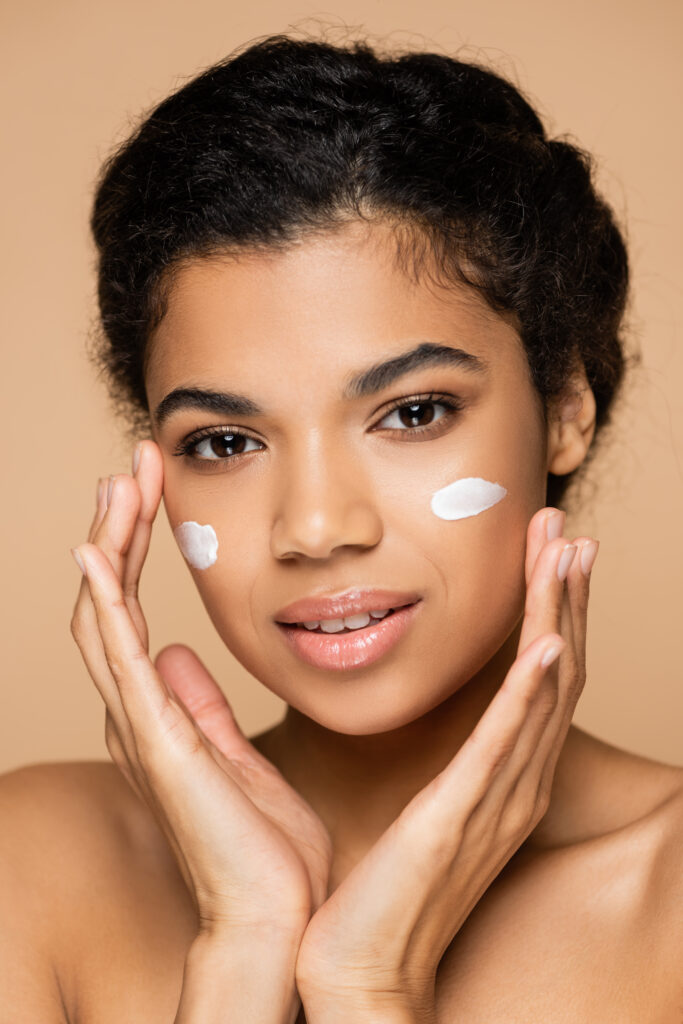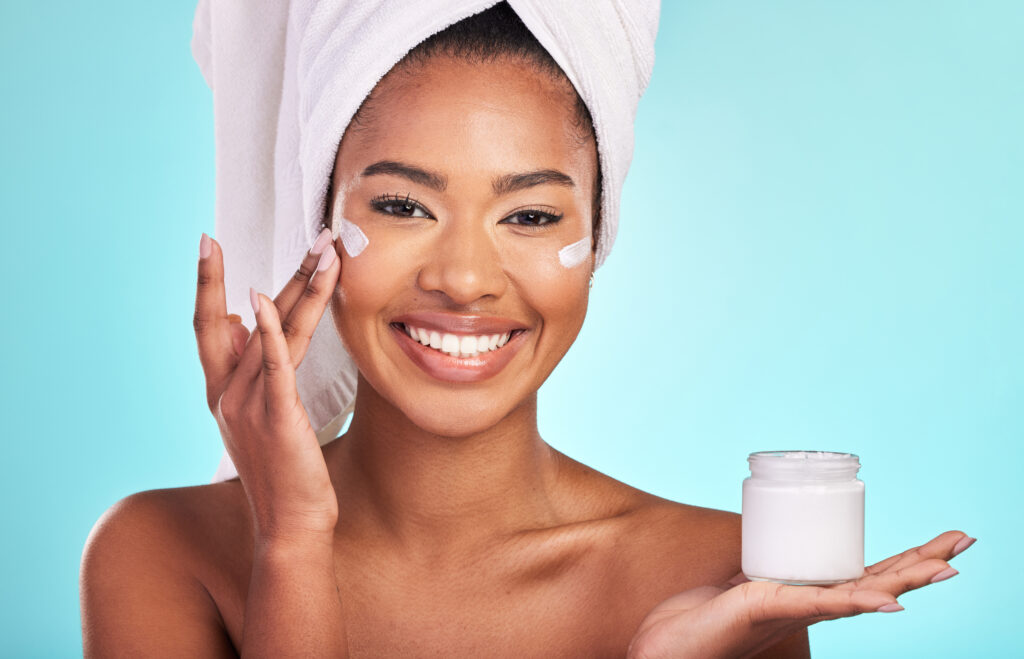
In the delicate dance of skincare, face moisturizer reigns supreme, guarding our self-confidence.
Imagine your face as a canvas—each line, each pore, a brushstroke. Now, picture that canvas without the nourishing touch of moisturizer. It’s like a forgotten masterpiece, fading under the harsh sun or the biting cold. But when you apply that velvety elixir, something magical happens. Your skin awakens, whispers its gratitude, and blooms. It’s not just about hydration; it’s about self-care. The act of smoothing moisturizer onto your face is a ritual—an affirmation that you matter. So, embrace the transformative power of face moisturizer. Let it be your silent companion, your shield against the elements, and your secret to radiant self-expression.
Face Moisturizer Types
- Humectant Moisturizers:
- These include gel-creams, hydro-gels, and oil-free moisturizers.
- Their primary function is to draw moisture into the skin.
- Look for products with ingredients like hyaluronic acid or those that list “water” or “aqua” as the first ingredient.
- Humectants are generally lightweight and thin in texture.
- Emollient Moisturizers:
- These are your richer creams and balms.
- Emollients provide deep hydration and help soften the skin.
- Ideal for those with dry skin or during colder months.
- Occlusive Moisturizers:
- Occlusives act as a protective barrier to lock in moisture, such as petrolatum.
- They prevent moisture loss and maintain hydration.
- Suitable for all skin types.


Tailored Moisturizers
Navigating the world of skincare, one quickly realizes that moisturizers are not a one-size-fits-all solution. Firstly, for those battling the relentless march of time, anti-aging moisturizers come to the rescue. Infused with peptides, retinol, or collagen boosters, these creams are designed to rejuvenate the skin, reducing the appearance of wrinkles and restoring youthful elasticity. Moreover, individuals with acne-prone skin can find solace in non-comedogenic formulas that contain salicylic acid or tea tree oil, ingredients known for their blemish-battling prowess.
Additionally, for those with sensitive skin, the skincare journey is often fraught with caution, but fragrance-free, hypoallergenic options provide a safe harbor, ensuring hydration without irritation. Lastly, for a complexion that lacks luster, brightening moisturizers imbued with vitamin C or niacinamide offer a beacon of hope, promising to even out skin tone and bring forth a radiant glow. Each moisturizer, with its targeted approach, stands as a testament to the power of personalized skincare.
Application Techniques
- Always start with a clean canvas. Use a gentle cleanser to remove impurities and prepare your skin to absorb the moisturizer more effectively.
- Before applying, warm the moisturizer between your palms. This helps to activate the ingredients and ensures a smoother application.
- Apply the moisturizer in upward strokes. This technique not only helps with absorption but also stimulates blood flow, enhancing skin’s natural glow.
- After spreading the moisturizer, gently pat your skin. This method avoids tugging and helps the skin to retain moisture better.
- Extend the application to your neck in sweeping upward motions. The skin on your neck is delicate and often overlooked in skincare routines.
- If you use multiple skincare products, apply them in the correct order. Lighter textures go first, followed by heavier creams.
- Give your moisturizer time to sink in before applying makeup. This can prevent pilling and help your makeup look flawless.


Day vs. Night face Moisturizer
Daytime moisturizers act as your faithful shields, offering lightweight textures that swiftly absorb into the skin, providing hydration and protection against the bustling metropolis of UV rays and pollution. They come armed with SPF, the ultimate defense against the sun’s arch-nemesis, ensuring your skin is ready to face the world. In contrast, nighttime moisturizers indulge your skin with richer, thicker textures, focusing on repair and rejuvenation during the quiet hours. Enriched with ingredients like retinol, peptides, and ceramides, they orchestrate cellular renewal and provide intense hydration, preparing your skin for its grand performance while you rest. Now, let’s delve into the intricate differences between these essential skincare allies with our comparison table of daytime versus nighttime moisturizers.
| Daytime Moisturizers | Nighttime Moisturizers | |
|---|---|---|
| Consistency | Lightweight, easily absorbed; akin to trusty shields against UV rays and pollution. | Richer, thicker consistency; the backstage crew for skin’s repair and rejuvenation during sleep. |
| SPF Protection | Often includes SPF to combat UV rays, pollution, and daily hustle. | No SPF; focuses on repair and renewal processes without the need for sun protection. |
| Ingredients | Contains hydrating and protective ingredients, possibly antioxidants and SPF components. | Rich in ingredients like retinol, peptides, and ceramides to support cellular renewal and repair. |
| Focus | Hydration and protection against environmental stressors. | Repair, rejuvenation and cellular renewal processes during sleep. |
| Texture | Feather-light lotion that swiftly absorbs into the skin, suitable for daily wear. | Opulent cream that provides intense hydration and nourishment, ideal for nighttime application. |
FAQ
Twice daily, after cleansing. Apply once in the morning to protect your skin throughout the day, and once at night to support skin repair while you sleep.
A pea-sized amount is usually sufficient for the entire face. Adjust the quantity based on your skin’s needs and the product’s consistency.
Hyaluronic acid, glycerin, ceramides, and squalane are excellent for hydration. Antioxidants like vitamin C and E are also beneficial.
SPF stands for Sun Protection Factor. It measures the level of protection against UVB rays provided by the sunscreen.
While some moisturizers are formulated for both day and night use, it’s often beneficial to use a lightweight, SPF-infused moisturizer during the day and a richer, repair-focused moisturizer at night.
Identify your skin type (dry, oily, combination, sensitive) and look for products formulated for that type. Consider any specific skin concerns you have, such as acne or sensitivity, and choose a moisturizer that addresses those needs.

